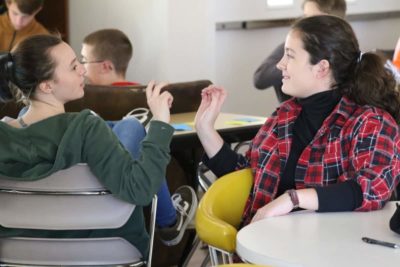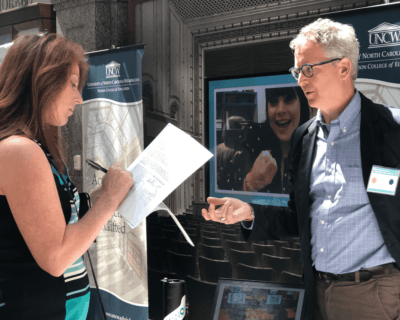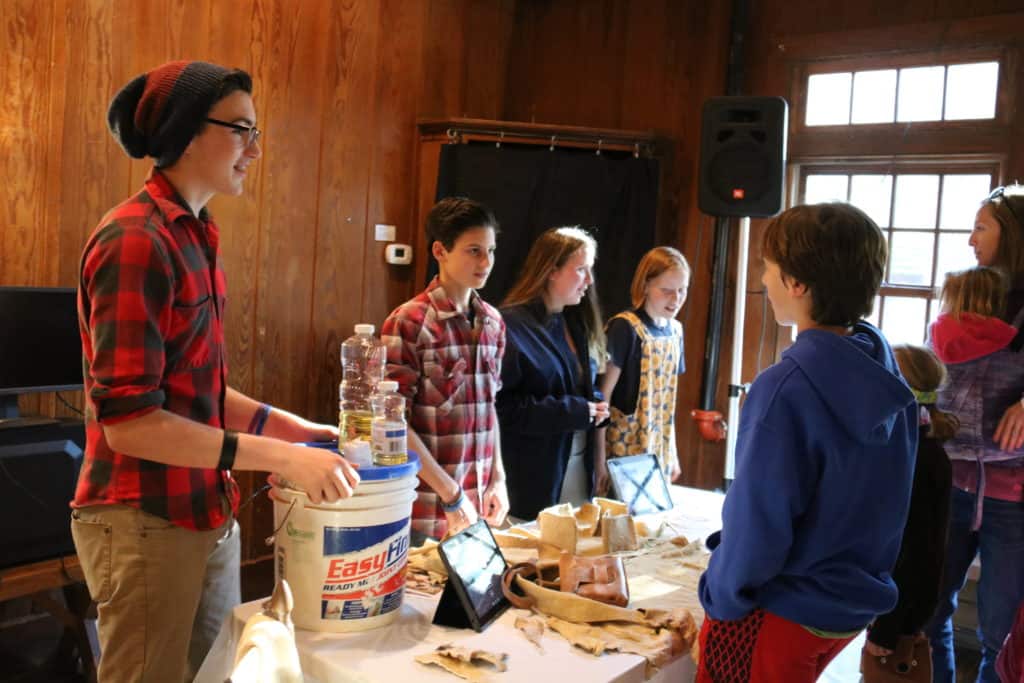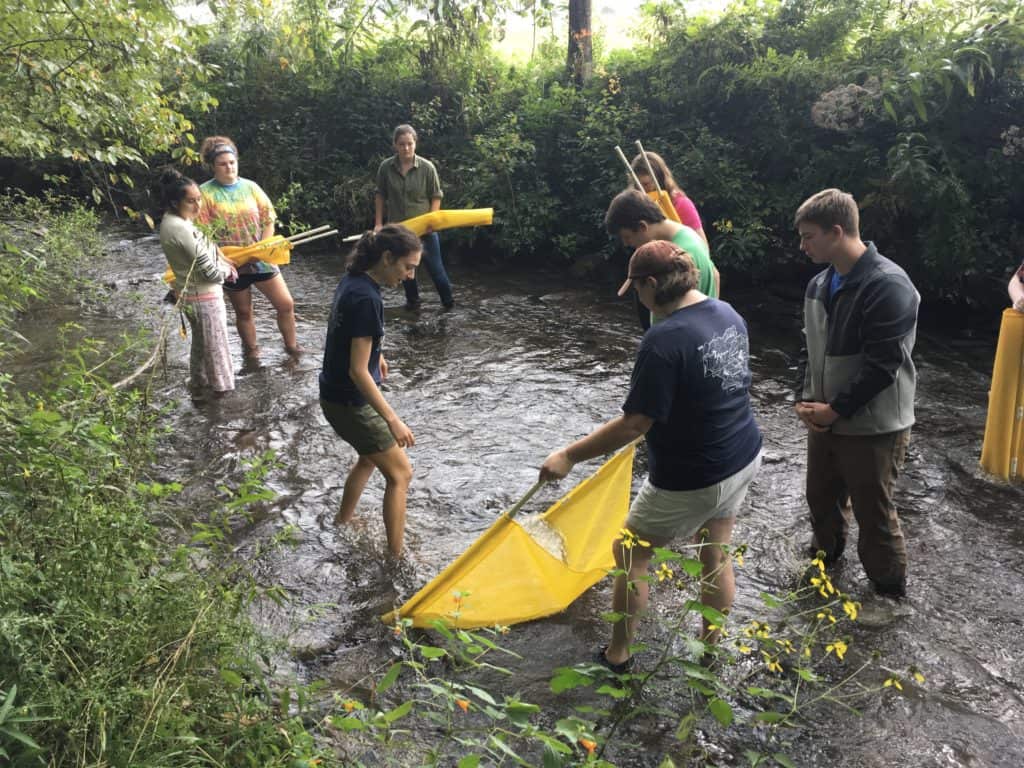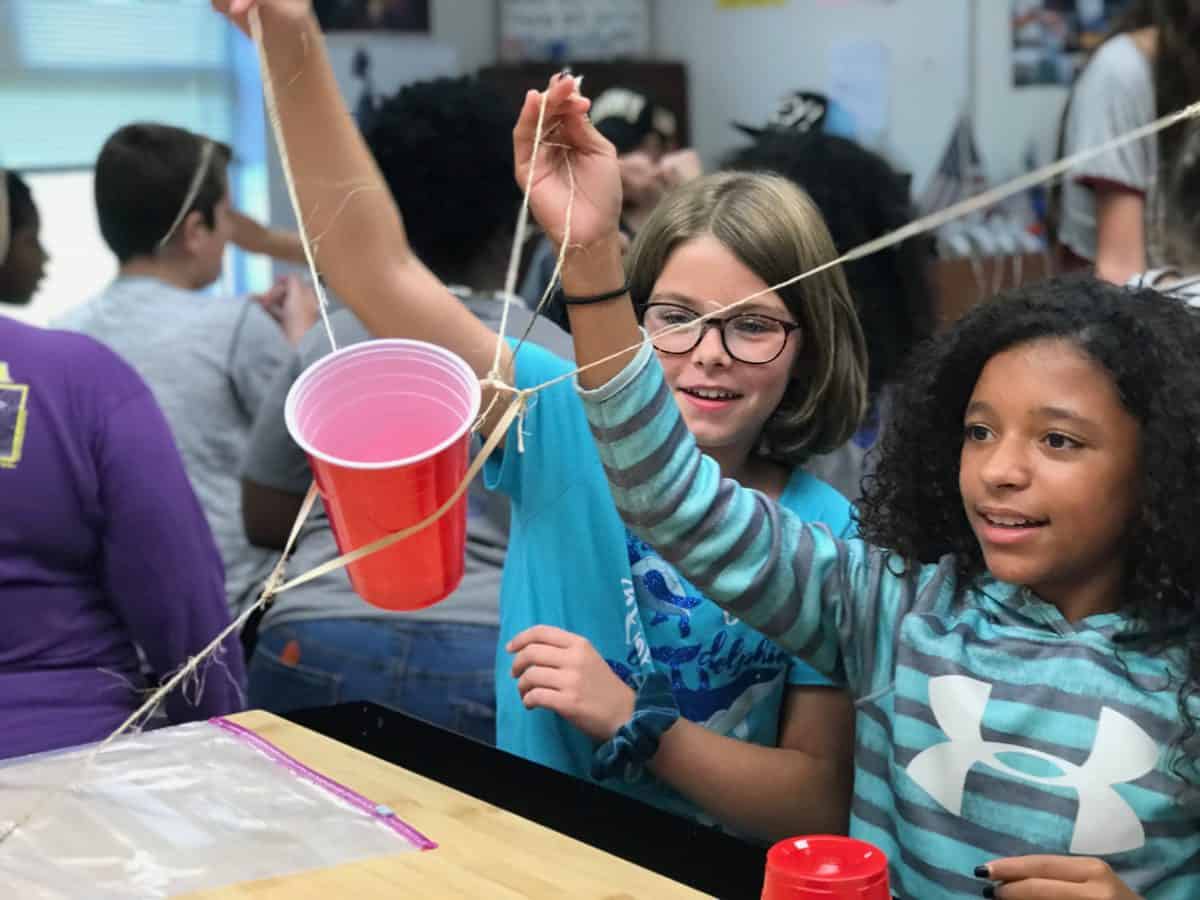

Is your school a learning organization? That’s a question I love to ask teacher leaders, administrators, and other education stakeholders working to build cultures of true innovation in their schools. It’s a question that seems obviously rhetorical and often results in puzzled looks. The typical response is, “Of course we are a learning organization!” After all, how can a school not be a learning organization?
Here’s my reason for asking such a loaded question: I contend that if we use Peter Senge’s definition, many schools are in fact not learning organizations. Senge, a scholar and researcher at MIT, popularized the term in his 1990 book, The Fifth Discipline, as places “where people continually expand their capacity to create the results they truly desire, where new and expansive patterns of thinking are nurtured, where collective aspiration is set free, and where people are continually learning how to learn together.” Given that clarification, most of my friends are a bit more reticent in their responses.
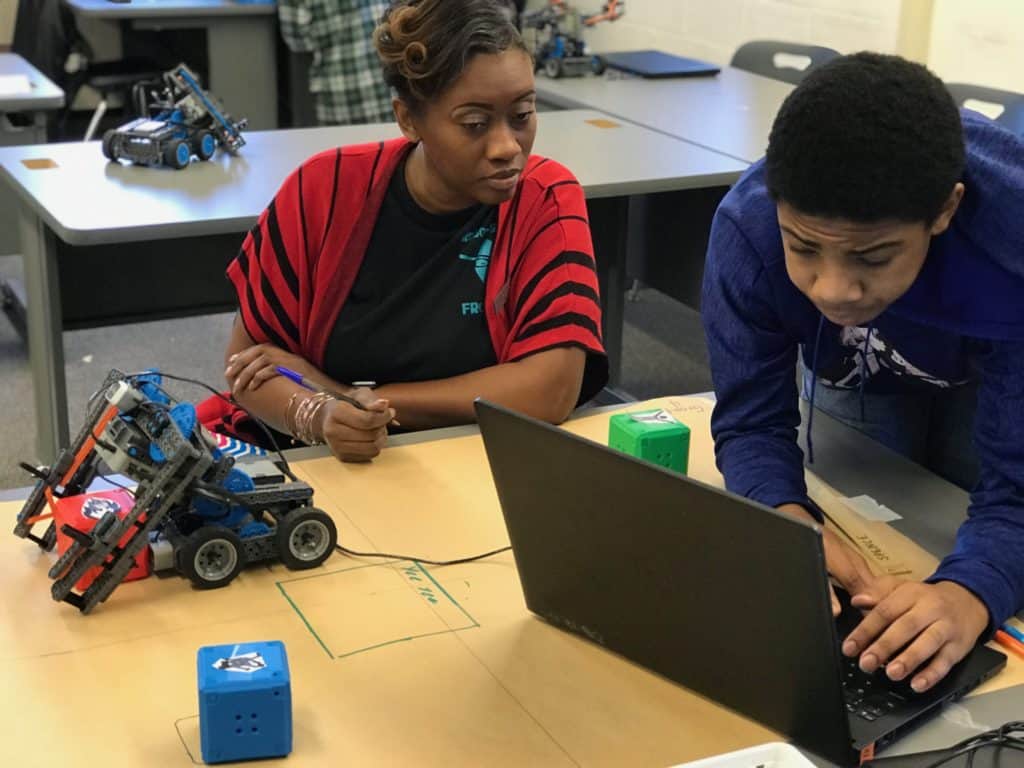

To be clear, this question is not to embarrass or to deny there are indeed schools that embody this definition. Rather, it’s to help clarify an appreciation of the cultural underpinnings that must be present for any organization to be truly innovative. This is important because if there were ever a buzzword in education, it’s “innovation.”
This term has become ubiquitous in describing pretty much anything that looks new or different, even if it’s just a cosmetic or short-lived tweak of the status quo model — one-size-fits-all lessons, scripted curriculum, siloed classes, and a maze of policies that ultimately stifle creative thought.
Educators who genuinely want to innovate are often left with little choice but to jump on this buzzword bandwagon just to keep up with the next program of the month. The result is that they find themselves haphazardly applying another top-down driven initiative, only to get underwhelming results. Rinse, repeat. What’s a school that wants to reclaim the potency of legitimate innovation to do?
My recommendation, not surprisingly, is to shift away from perceived quick fixes and do the admittedly harder, but necessary cultural work to become a learning organization. In other words, move from a mindset that expects fast implementation and slow learning to one that systematically uses slow, empathetic, and collaborative ideation to drive organizational learning and improvement.
But is this even possible, given the deeply entrenched systems of “doing school” we have allowed to exist for over 100 years?
Absolutely!
This confidence is from direct experience having visited and worked with dozens of schools around the world that have made real innovation a cultural priority. Schools such as my former school in Murphy, North Carolina and Social Justice Humanitas in San Fernando, California that have replaced bureaucratic hierarchy with nimble, distributed leadership where everyone learns from and supports one another; schools like the Liger Leadership Academy in Phnom Penh, Cambodia that use common norms and protocols to guide mission-based decision making; and schools like the Northeast Academy for Aerospace and Advanced Studies in Elizabeth City, North Carolina that methodically use the design process to adapt shared learning into actions that blur the lines between school and what’s happening in their communities.
This type of culture shift is not limited to independent, small, or well-funded schools. I’ve witnessed authentic learning organizations in just about every size and type of school one can imagine: public, private, large, small, rural, urban, elementary to high school, well-funded and schools operating on a shoestring. This point was also reinforced in a recent article in EdWeek about the Christensen Institute’s Canopy Project.
The common thread is a group of dedicated school leaders who do not allow “the way we’ve always done it” to get in the way the work that’s needed. Allow me to recommend a few other things not to do if you are willing to start this journey.
- Don’t just wing it! Learning organizations employ a methodical approach to avoid the typical patchwork of misaligned initiatives that often undermine trust and success. Whether it’s “Plan, Do, Study, Act” as described in “Learning to Improve,” the Stanford d.school’s Design Thinking Process, or some other systemic approach, they find a set of norms and protocols that work for their context and facilitate their use as the basis of every decision — from school governance to simple problem solving.
- Similar to the above, don’t do this work in isolation. Shifting any organization’s paradigm requires looking beyond one’s comfort zone. Learning organizations develop strategic partnerships and grow their networks — both with others on a similar journey and those already that exemplify an innovation culture.
- Don’t ignore the ideas that already exist in your learning community. Schools that are learning organizations mine and then leverage the existing skills, talent, and dispositions of those who work directly with students. These schools make teacher leadership a cultural priority by clearing a path to bring the best ideas forward, not based on the originator’s title or longevity, but simply on the merit of the idea.
- Finally, don’t wait. The best time to plant a tree was 20 years ago. The second best time is today. The frenetic pace of technological change makes it almost impossible to predict what the future will look like for our students. But just because we can’t fully comprehend the future doesn’t mean that we should cling to a status quo that is closer aligned with the First Industrial Revolution than it is to the Fourth. It’s time every education leader develops a sense of urgency to make their school a learning organization. Today!
When we encourage risk-taking, when we value the ideas of everyone, and when we develop systems to learn from experience in order to improve, we enable better, more nimble decisions that help all students, especially those furthest from opportunity. Our schools desperately need this type of innovation culture to fulfill their awesome responsibility in a rapidly changing world.
Are you willing to begin the hard work to find ways to lead this transform at your own school? My bet is yes. After all, you likely came into this profession to make a difference — something that’s hard to do without being different. Join me as we reclaim what authentic innovation looks like by making every school in North Carolina a true learning organization.
Editor’s note: This piece is part of a week-long series on innovation. Editing support was provided by Dr. Robert Smith and Kayce Smith of UNC-Wilmington’s Watson School of Education.


